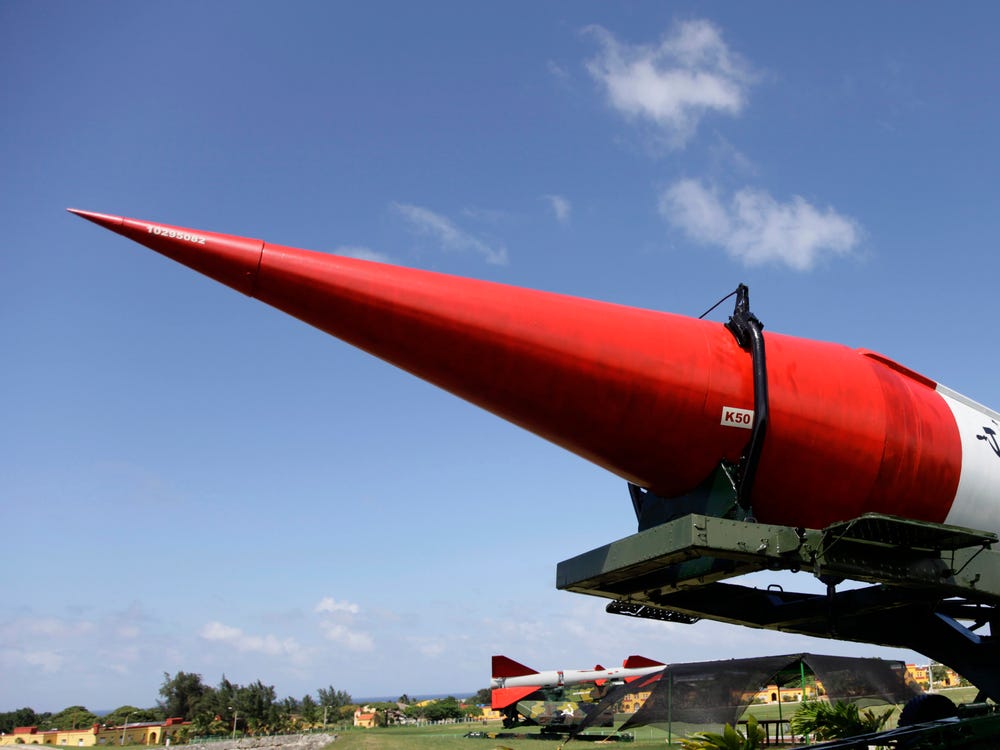President Putin has put Russia’s nuclear forces on “special” alert, raising concerns around the world. Some analysts suggest his actions should probably be interpreted as a warning to other countries not to escalate their involvement in Ukraine, rather than signalling any desire to use nuclear weapons.
Nuclear weapons have existed for almost 80 years, and many countries see them as a deterrent that continues to guarantee their national security, the BBC reports.
All figures for nuclear weapons are estimates, but, according to the Federation of American Scientists, Russia has 5,977 nuclear warheads – the devices that trigger a nuclear explosion – though this includes about 1,500 that are retired and set to to be dismantled.
Of the remaining 4,500 or so, most are considered strategic nuclear weapons –-ballistic missiles, or rockets, which can be targeted over long distances. These are the weapons usually associated with nuclear war.
The rest are smaller, less destructive nuclear weapons for short-range use on battlefields or at sea. But this does not mean Russia has thousands of long-range nuclear weapons ready to go. Experts estimate around 1,500 Russian warheads are currently “deployed”, meaning sited at missile and bomber bases, or on submarines at sea. Nine countries have nuclear weapons: China, France, India, Israel, North Korea, Pakistan, Russia, the U.S., and the U.K. China, France, Russia, the U.S., and the U.K. are among 191 states signed up to the Treaty on the Non-Proliferation of Nuclear Weapons (NPT). The bomb that killed up to 146,000 people in Hiroshima, Japan, during World War Two, was 15 kilotons. And nuclear warheads today can be more than 1,000 kilotons.Little could be expected to survive in the immediate impact zone of a nuclear explosion. After a blinding flash, there is a huge fireball and blast wave that can destroy buildings and structures for several kilometres.
The argument for maintaining large numbers of nuclear weapons has been having the capacity to completely destroy your enemy would prevent them from attacking you.
The most famous term for this became mutually assured destruction (MAD).
Though there have been many nuclear tests and a constant increase in their technical complexity and destructive power, nuclear weapons have not been used in an armed confrontation since 1945.
Russian policy also acknowledges nuclear weapons solely as a deterrent and lists four cases for their use:
- the launch of ballistic missiles attacking the territory of the Russian Federation or its allies
- the use of nuclear weapons or other types of weapons of mass destruction against the Russian Federation or its allies
- an attack on critical governmental or military sites of the Russian Federation that threatens its nuclear capability
- aggression against the Russian Federation with the use of conventional weapons when the very existence of the state is in jeopardy


